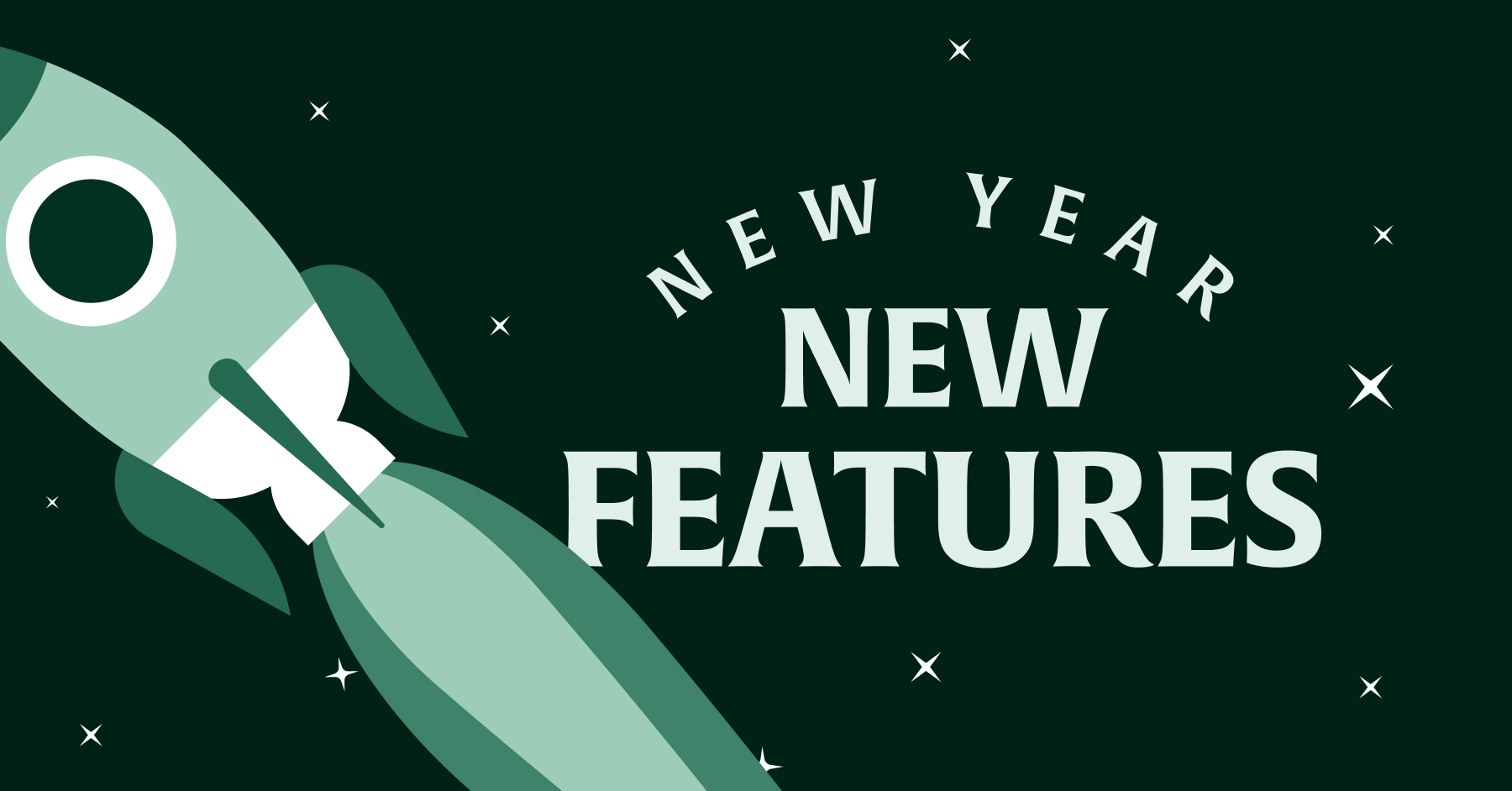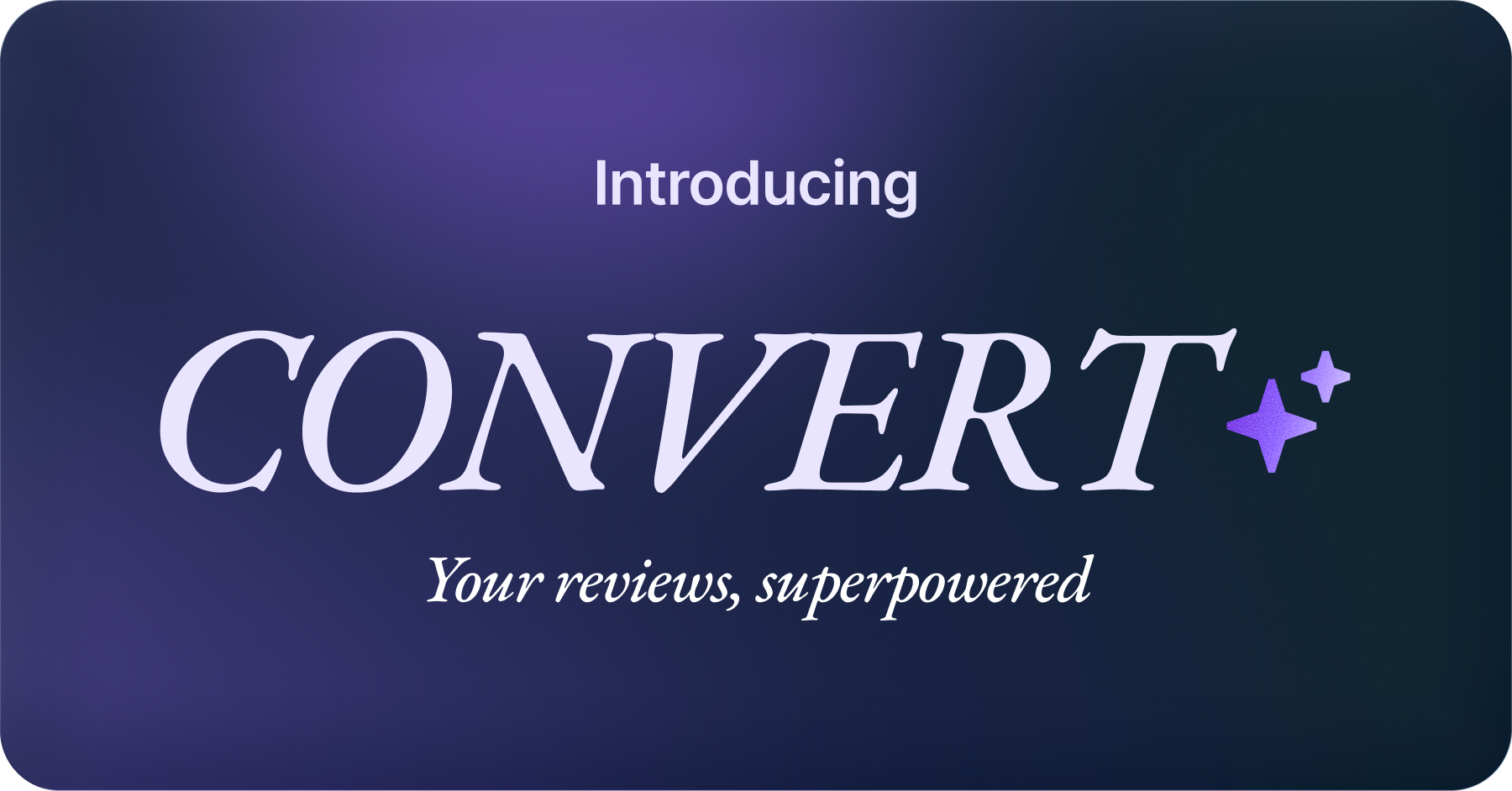5 Things Your Landing Page Needs to Maximize Its Performance

Your landing pages, sometimes referred to as webpages, play a key role in driving new traffic, sign-ups, demos, trials, and ultimately revenue.
Depending on your industry, landing pages can look different from one another. For example, if you’re a direct-to-consumer (DTC) brand, your landing pages likely focus on selling a consumer product or catalog of products. If you’re a software-as-a-service (SaaS) brand, your landing pages likely focus on selling specific features or a suite of tools bundled under one app.
But regardless of industry, all landing pages serve the same purpose–driving demand or business for your brand. In this article, I’ll lay out five key elements that many high-performing landing pages have in common today. Let’s get into it.
1. Customer reviews and testimonials
The first and most common element you’ll see high-performing landing pages have are customer reviews and testimonials. After all, people visiting your website need to know they can trust your brand, what you’re selling, and the quality of service you’ll provide.
Buyers today won’t just take your word for it, which is why they’ll consult with reviews and testimonials. In fact, 9 out of 10 consumers say they read reviews before making a buying decision. If you don’t have reviews anywhere on your landing pages, you’re going to miss out on a lot of business.
There are tons of ways to add reviews to your website. If you have a Shopify store, you can choose from a variety of apps that could take your reviews and testimonials to the next level.
Loox product reviews, the most downloaded reviews and referrals app on Shopify, is a great choice for stylizing your reviews in ways that’ll catch site visitors’ attention.

The example above shows a simple product review you’d see on most landing pages, but there are also options to add review carousels to your homepage, a dedicated ‘happy customers’ page, shopping cart page reviews, and more. Mixing and matching how you display your social proof is a great way to build brand credibility.
2. Product features, comparisons, and recommendations
Whether you’re a DTC, B2C, or B2B brand, you still need to sell your product’s features and let customers know everything relevant to them before they consider making a purchase. Providing enough detail without overloading or confusing your customers is the key to building a high-performing landing page. Below are examples of three brands that nail their product pages every time.
Warby Parker - DTC

Warby Parker ebbs on the side of minimalism for their product pages, but it fits their brand well. They use the highest quality product photos, they’re transparent about the materials used in each item and everything that ships with their products, and even allow you to try glasses on virtually using AR technology. If you’re a DTC brand with a minimalist design style and want the product to speak for itself, Warby Parker is a good inspiration.
Home Depot - B2C

While Warby Parker decided to take the minimalist approach, Home Depot breaks down every single possible detail you’d need to know about the product. They discuss each item involved in the bundle, show the items in use with images and videos, have comparison tables, and FAQ sections with answers from the brand. If you’re a B2C brand with tons of products and categories, Home Depot is a good example of a brand that provides more than enough information for customers to compare and contrast before buying.
Slack - B2B

The world of B2B varies from the two previous brands since these brands sell solutions to businesses, not consumers. Because of this, B2B landing pages are quite different from DTC and B2C. Slack is a brand that keeps it simple when designing their pages. They use easy-to-understand copywriting, show screenshots of the product, and highlight their most popular integrations. Considering 71% of B2B companies agree integrations improve customer satisfaction, this is key. Finally, Slack finishes with an FAQ section similar to Home Depot.
In B2B, it can be easy to throw the kitchen sink of information at users when they land on your pages. But take a page out of Slack’s playbook. This page has around 500 words of copy, total. Analyze what your customers will actually find valuable and what they think is fluff.
3. Product demo, email sign-ups, and CTAs
The ultimate goal of your landing pages is to turn traffic into sales. They need to be well-designed, have enough product and feature information, and have social proof to boost customer confidence. But most importantly, they need to be conversion-friendly. Three ways to move users through your landing page funnel is through demo forms, email sign-ups, and calls-to-action (CTAs).
Demo forms
If you provide product demos, one-on-one coaching sessions, website teardowns, or any other personalized session that relates to your product, highlighting this on your landing page is a must-have. This level of personalization could be the difference between a user going with your brand versus a competitor.
Email sign-ups and CTAs
A recent B2B study showed that 60% of free trial users were likely to convert to paid subscriptions. You, myself, and so many consumers today are open to “trying before buying”, and free trials are the best way to let people do this. Allow site visitors to sign up for free trials themselves using CTAs. Below is a simple yet effective example of a Loox CTA:

Email sign-up fields are another way to drive trials, but also for promoting your content to potential customers. If you have a welcome series, brand newsletter, or any other type of email marketing to promote to new subscribers, this is the opportunity to start capturing sign-ups. See how HubSpot does this below:

After capturing emails, you can now begin retargeting your subscribers based on what they opted in for. Some subscribers may just want your weekly newsletter with helpful marketing tips, other subscribers may want product updates or new item arrival updates sent to their inbox–this is more likely for ecommerce brands, and this is how you begin turning your subscribers into customers.
Whether you go the route of email sign-up fields, CTAs, or both, it’s a best practice to have these prominently displayed on your landing pages.
4. Focus on SEO and copywriting
Your landing pages are really coming along. You have enough product reviews displayed to increase customer confidence, you have features, comparisons, recommendations, and areas to capture sign-ups to begin marketing to your subscribers. As good as your pages look, this doesn’t guarantee that people will see them. This is where focusing on SEO comes into play.
Keyword research
What keywords are your landing pages targeting? If keyword research fell by the wayside during your page creation process, you may have a difficult time ranking on Google for the terms your customers are searching for.
You can use Google Keyword Planner to get rough estimates of monthly keyword search volume, and it’s a free tool to use. If you have a small budget for SEO, you can go with a content optimization tool that will dive deeper into keyword research, how your landing pages stack up against competitors, why you’re losing traffic, and other metrics.
Page speed optimization
Google doesn’t like slow loading pages and neither do people searching on your website. In fact, 40% of people said they would likely leave a website if it took longer than three seconds to load.
A few ways to improve your page speed and landing page performance is to lazy load your audio, video, and images, reduce media file sizes, and minimize CSS and JavaScript code. These all sound technical, but if you run a Shopify store, there are tons of optimization apps that are freemium or inexpensive that’ll allow you to do all of this automatically.
Internal and external links
Want more people to discover your best landing pages? Start linking to them throughout your website. This is a great way to drive referral traffic from one page to another, but also, Google uses internal links as a signal for “hey, this landing page is important, come look at it!”
You can also get more external links to your landing pages. Other brands linking to your website also signal to Google that they should be viewed as credible and authoritative. External links are one of the most important ranking factors today.
Simple and value-focused copywriting
As you begin to drive more traffic to your landing pages through SEO, you’ll need to start focusing on how to convert that traffic into sign-ups, demos, trials, and ultimately revenue. This is where value-focused copywriting becomes your friend.
Harry Dry, who runs a monthly newsletter to almost 60,000 copywriters and marketers, explains in great detail how to incorporate value-focused copywriting into your landing page strategy. See one of his examples below:

You don’t need big buzzwords scattered around your pages. The more you simplify things for your audience, speak to their pain points, and show how you provide value, the better converting your landing pages will be.
5: Easy access to your support or sales teams
The moment a site visitor has a question about your product, service, specific features, pricing, or whatever it may be, you should allow them to have quick and easy access to your support and sales teams. While you could prompt them to contact you via email, there’s a faster route for receiving this level of support: chatbots.
Adding a chatbot to your website has been identified as a top ecommerce trend for improving landing page performance. Data tells us that consumers are increasingly open to interacting with chatbots to spark sales conversations or resolve their support issues. In fact, 74% of consumers said they prefer to use chatbots for answering simple questions quickly. Below is an example of how Intercom, a conversation marketing tool, uses chatbots on its landing pages.

Another benefit of using chatbots for sales and support is that it frees up your human reps’ time for answering more complex questions or working on other important tasks.
If you don’t have the bandwidth to use a chatbot on your site, a great alternative is to lead site visitors to your knowledge base. This is basically a spot on your website where users can get FAQs answered and read all sorts of support-based articles.
Wrapping up
No matter the industry you’re in or consumer type you sell to, there are so many products out there today that may all look or say the same things. Use your landing pages as an opportunity to set your brand apart.
Incorporate your customer reviews and testimonials. Show your customers your product with high quality images and videos, and have ways for them to easily compare your product. Have areas for them to sign-up for trials, demos, or your email marketing. Dedicate time and focus to SEO and copywriting. Make it easy for landing page visitors to talk to your sales and support teams.
If you’re able to master the five points I listed in this article and do it on a consistent basis, you’ll see your landing page performance start to skyrocket.


.jpg)
